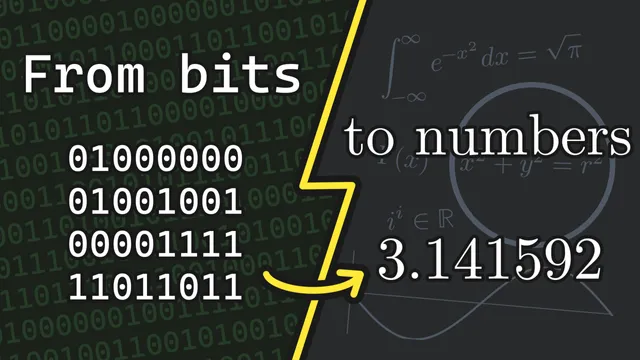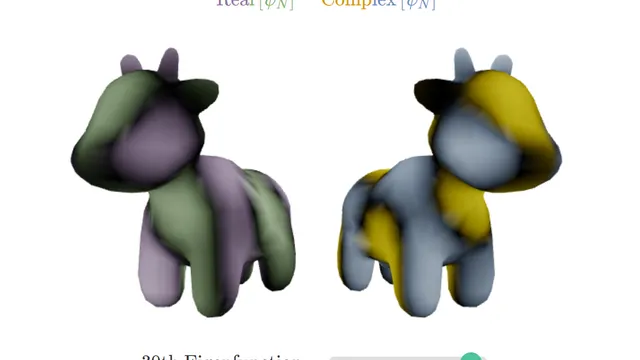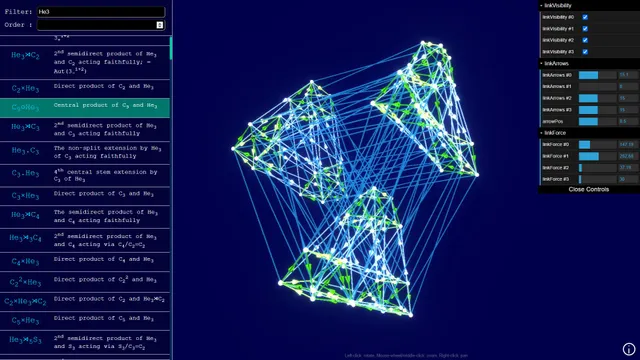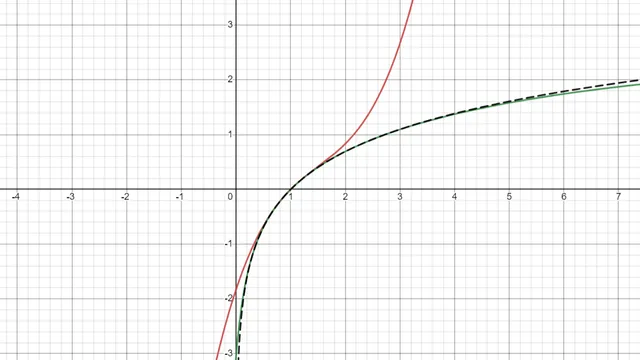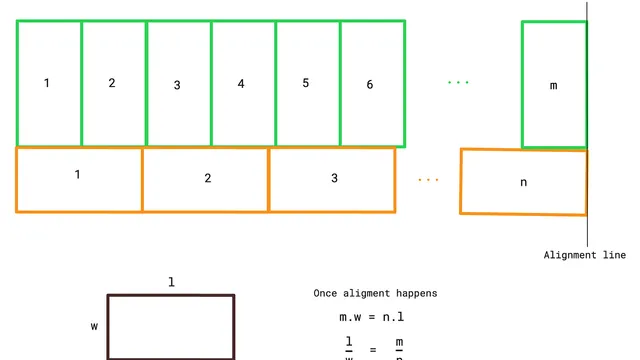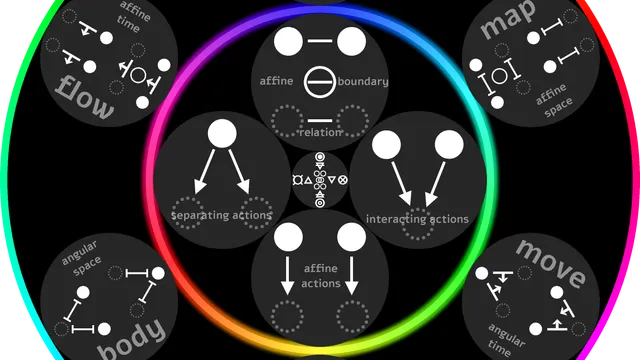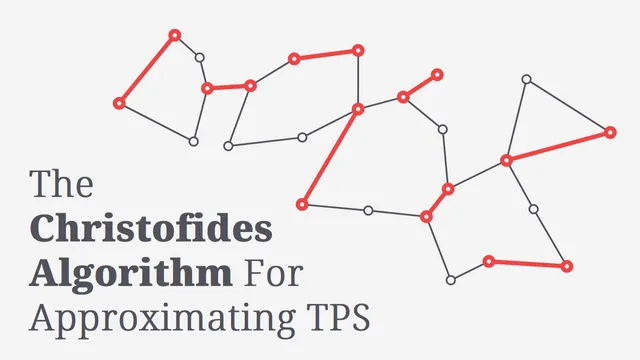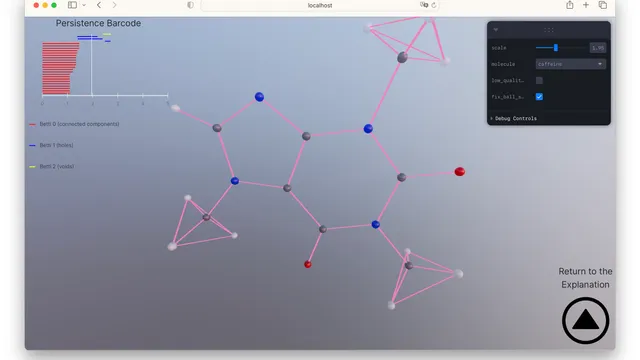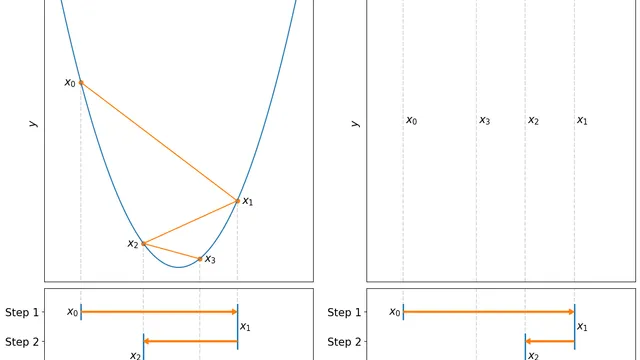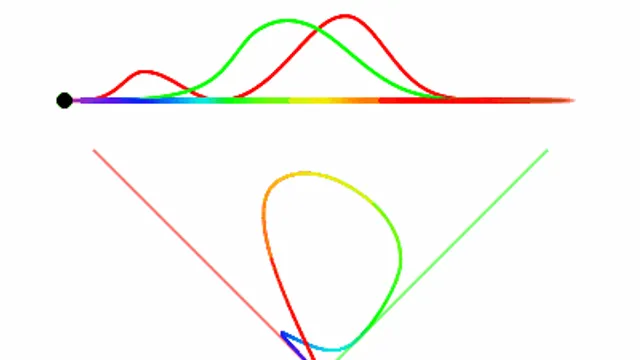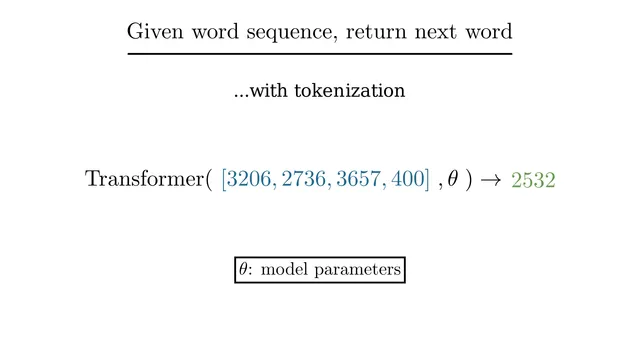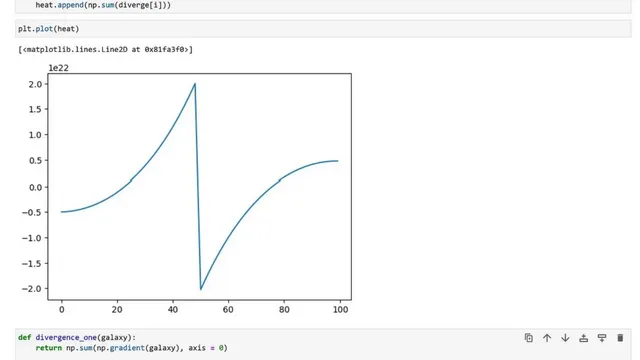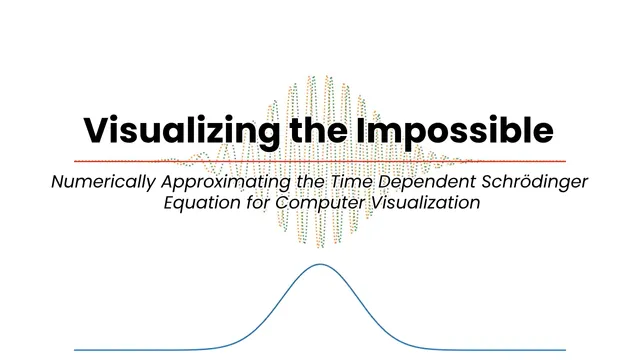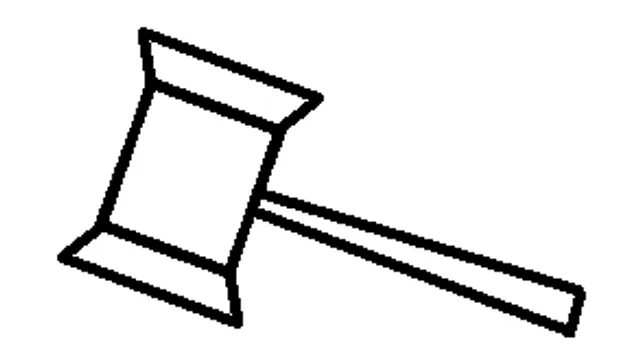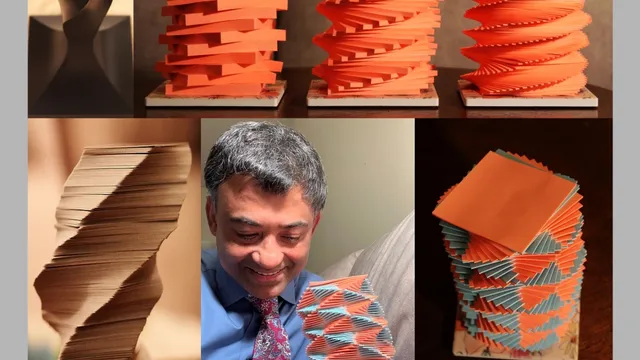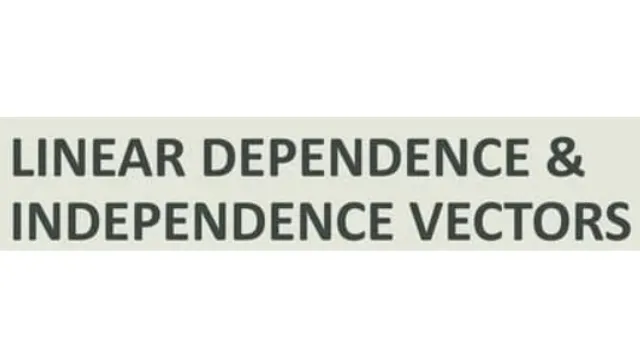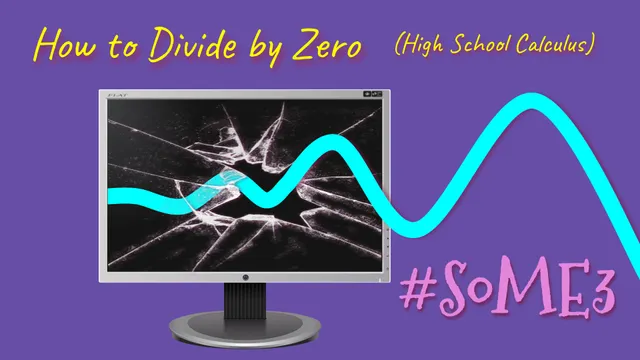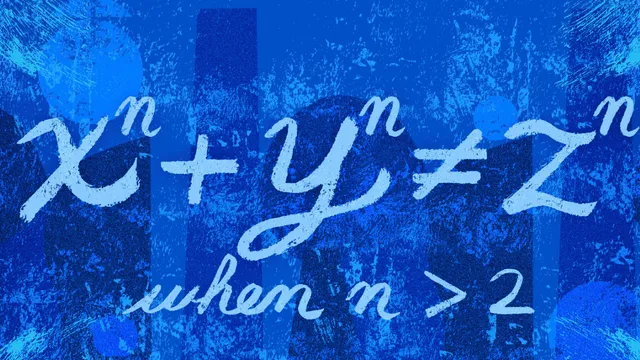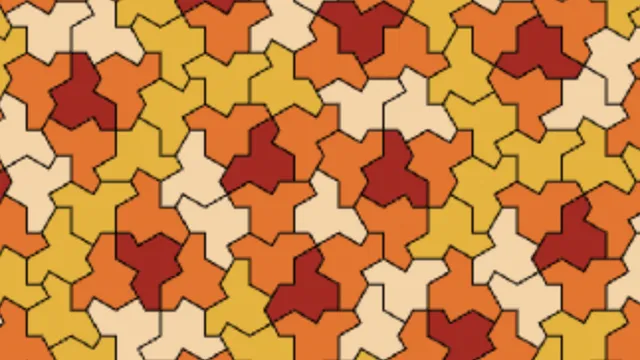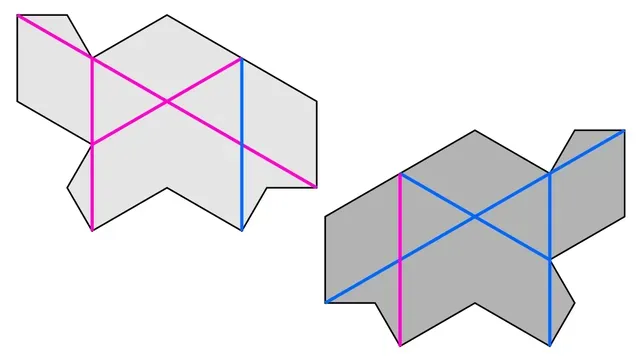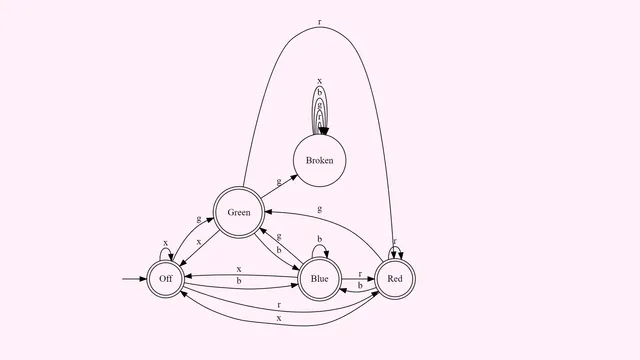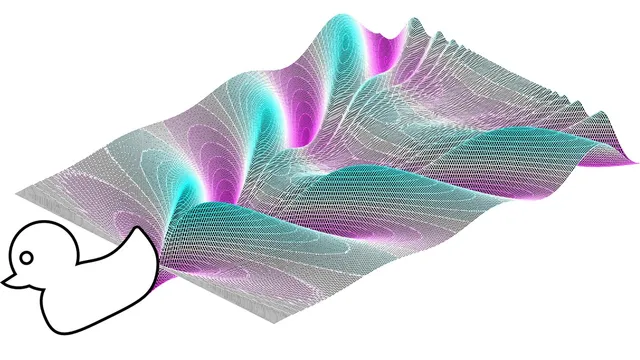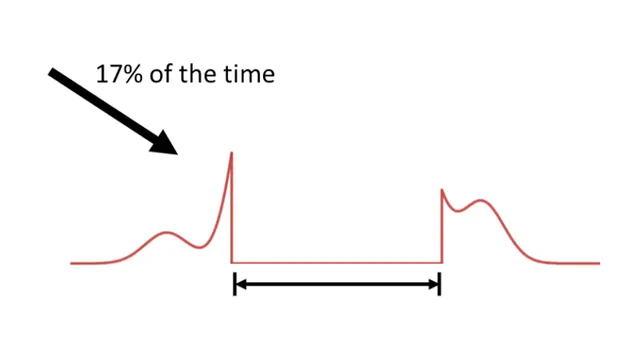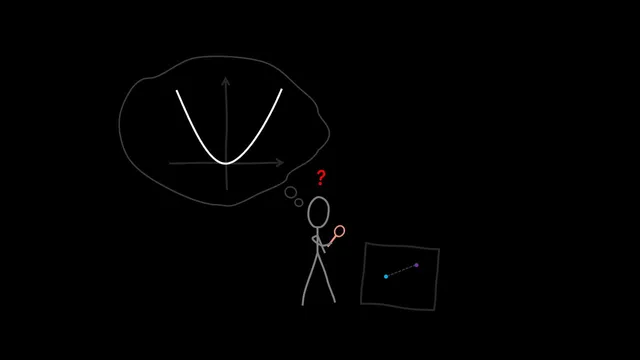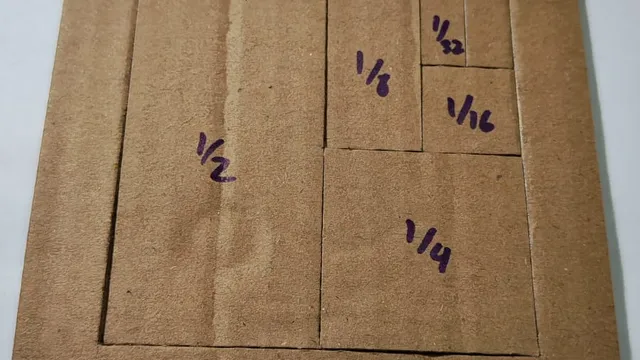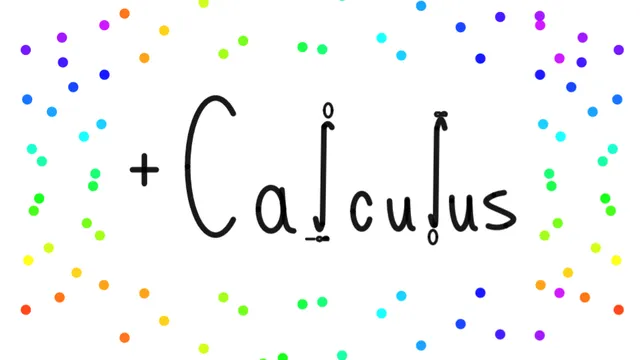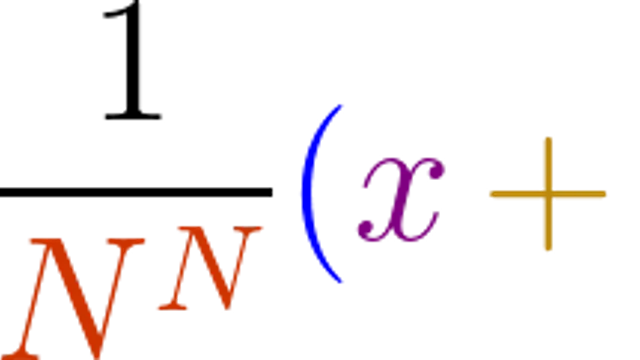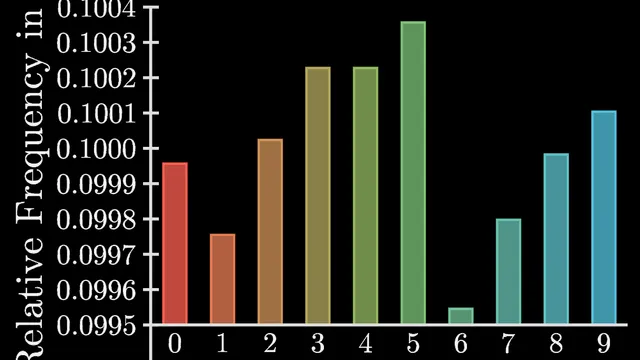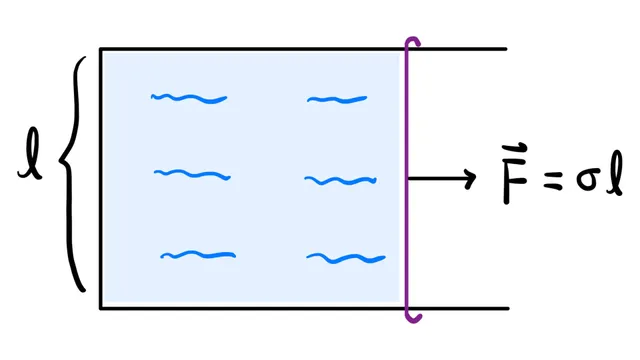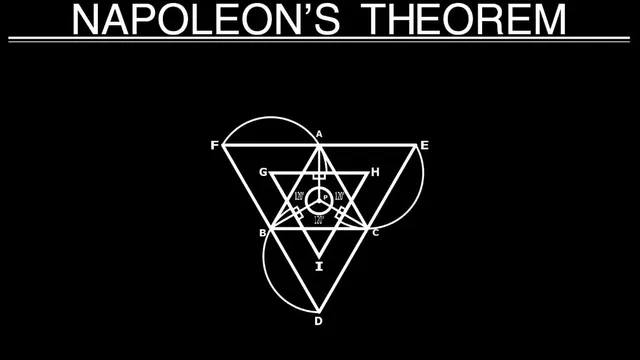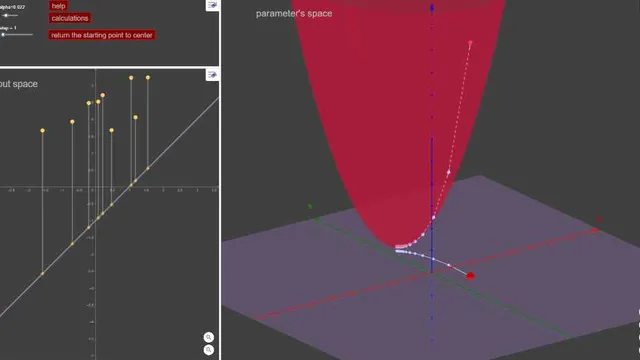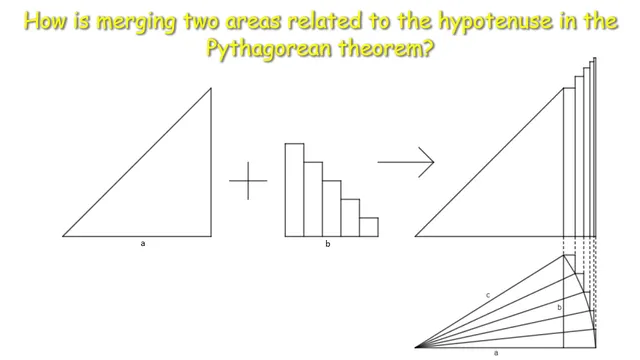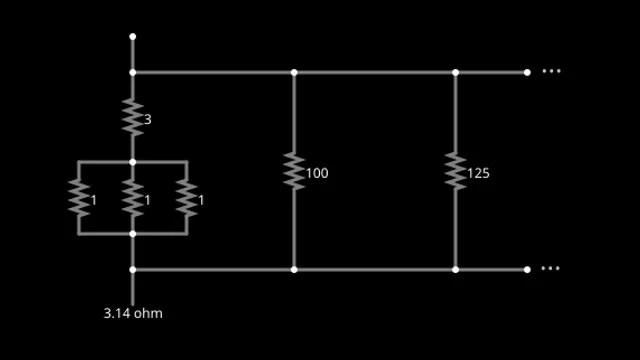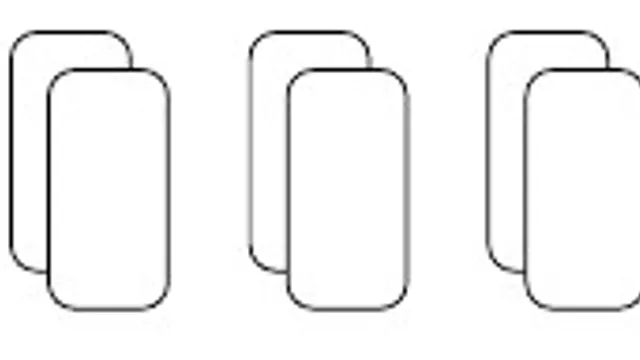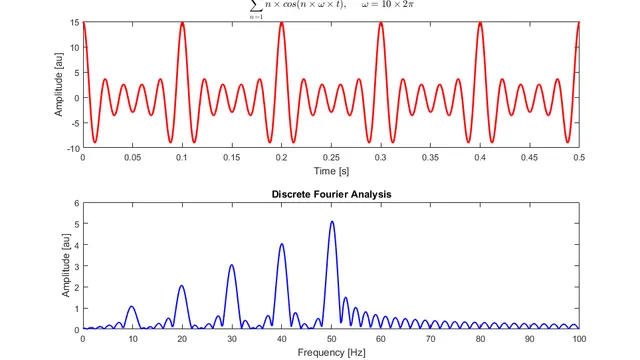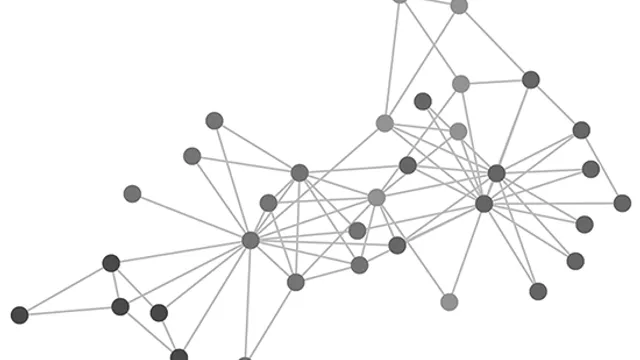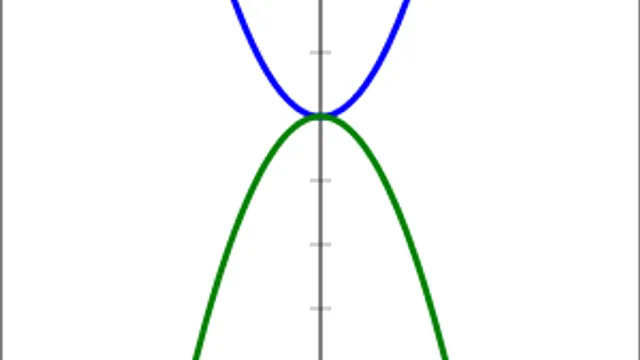Summer of Math Exposition
Archive
How Computers Use Numbers
An exploration of how modern computers interpret bits as numbers, building some common number formats from the ground up
The Matrix Arcade: A Visual Explorable of Matrix Transformations
This explorable explainer attempts to provide a visual intuition on matrix multiplications and their associated linear transformations. It experiments with a different kind of medium to present concepts to the reader. Animations of visuals are tied to the reader’s scroll, allowing fine-grained control over more complex transitions. The piece also concludes with an interactive sandbox that readers can fiddle around with to reinforce their understanding and to challenge their intuitions.
Functions are Vectors
A gentle introduction to functional analysis: conceptualizing functions as vectors, exploring linear operators on functions, and deriving the Fourier transform via diagonalizing the Laplacian. Includes interactive visualizations. Prerequisites include only introductory linear algebra and calculus.
Cayley Graphs and Pretty Things
A blog post that uses Cayley Graphs to introduce rotation groups, direct products and semi-direct products. Also, a playground to plot the Cayley Graphs of small finite groups.
How does a computer/calculator compute logarithms?
In this article, I take the reader through the mathematics behind how we compute the natural logarithm for a given value. While the first method I demonstrate works, I show that with some clever manipulation, a better method exists that is actually what is used in optimized computations.
Trying to Understand Irrational Numbers Using a Rational Way
I just wanted to give example representation of irrational numbers in our finite world.
Holoscope
Infophysics, explained in about section. Apologies for the mediocre javascript. ◉ is a measured ○.
The General Theory of Curiosity
An essay where I take you on a journey through the captivating world of differential geometry - the language of general relativity to explain the beauty of following your curiosity.
The Christofides Algorithm: Approximating the Metric TSP Problem
The traveling salesman problem (TSP) is a well-studied and very hard in computer science and graph theory: Given N cities, what is the shortest path the visits all cities are returns to the starting position? In the blog post, we explore different ways to simplify and approximate a solution to the problem. The blog is interactive and contains animations of the steps of the algorithm.
Persistent Homology: An Interactive Demonstration for Biologists
Biologists should learn algebraic topology too! Recent advancements by have shown the promise of topological data analysis in biochemical tasks, which placed 1st in 10 out of 26 tasks in the D3R Grand Challenge 3. This is an interactive demonstration of persistent homology in the context of biomolecules that runs completely in the browser. I intend to present this at a research workshop, and the participants will walk away with a demo that they can play with whenever they can.
Gradient boosting as a "blind" gradient descent
In the article, I'll show you that gradient boosting can be seen as a "blind" gradient descent. The gradient boosting pursues the same goal as the gradient descent, except it doesn't have a function for which we want to find a minimum, and yet the steps it takes can get you closer to it. That's what I mean by "blind". Gradient boosting optimizes the function which it doesn't see.
The Principle of Least Action: An Interactive Lesson
I wrote this lesson to explain the principle of least action in both an intuitive and rigorous manner. The intended audience is post-calculus high school students or early undergraduates. It is self-guided and contains interactive simulations to play around and justify the concepts to oneself, but it can also be presented as a didactic lesson. I had the opportunity to teach it as a 40 minute presentation to my high school's physics class: it was a lot of fun and my classmates enjoyed it too!
Thinking About Color Perception
A brief blog post about how we perceive color. People have 3 cone types in their eye, each of which have a stimulus distribution over the frequencies of light. We build up this understanding by investigating one cone, two, then three. We can find which colors are possible to produce on a ultra-HD TV screen, and discover why there are some colors we can't produce on a TV screen.
The Animated Transformer
A short article that aims to explain how Transformer models work, using animations to show the flow of data through the model.
Navier Stokes Answered in the Negative
Assuming smooth means a continuous derivative, an example of an unsolvable solution exists
Visualizing the Impossible
The aim of this article is to show how to numerically approximate the time dependent Schrödinger equation for computer visualization. In layman's the article shows a mathematical method behind creating simulations of elementary particles.
A Categorical Speaking Indictment
Can category theory improve speaking indictments?
The Topology of Snake II
This post describes the classic game of Snake II and how its world is not a video game gimmick but a real surface.
A tale of a doubly twisted adventure
Motivated by a twisted lamp stand at a grocery store, I made a helical prism with standard sticky notes. Then, an encounter with a fallen leaf on the forest floor gave me the idea of making the structure doubly twisted, with two different colors. The study and calculation of the curved surface area and the volume is an engaging exercise in calculus. Also, a rotation of these structures gives off a pleasant illusion of motion, with a mesmerizing double motion for the doubly twisted structure.
Linear Dependence/Independence of Vectors in a Matrix
This article explains how to find whether the columns/vectors of a Matrix are Linearly Dependent or Independent and How to Find the Rank of a Matrix. The urls present in the article also refer to a Linear Dependency / Rank of Matrix Calculator, and other associate topics like Finding Column Space, Row Space, NULL Space and Orthogonal Space of a Matrix, and How to perform Elementary Row/Column Operations on Matrix.
How to Divide by Zero — High School Calculus
This will give you a BRIEF OVERVIEW of calculus. This will NOT replace your calculus textbook. This will help you understand what you are learning in class, and why. When I first learned calculus we focused on the mechanics of solving problems. I wish we’d spent more time discussing WHY we were learning these things and what they meant.
Fermat's Last Theorem (without elliptic curves)
It is a brief but concise proof of Fermat's Last Theorem. It leverages induction and contradiction to prove the theorem.
The T-Shirt Puzzle
The T-Shirt Puzzle explores the new aperiodic monotile from Smith et al. Students are introduced to tiling and provided with an interactive "puzzle" space in which they challenged to tile a small area, then provided with an understanding of some of the recurring meta-patterns and given opportunities to apply their skills and learn the basics of recursive geometry through animations and interactive tools.
The Turtle prototile is not periodic, a simple proof.
While the recent aperiodic monotile news was quite exciting, I found myself unsatisfied with how the exclusion of periodic tilings was explained in media about the tile.
Subregular Languages
A short blog-style post about "Subregular Languages" - a subset of the Regular Languages - and their properties which are relevant to natural-language phonotactics. Readers will be introduced to finite-state machinery and computational linguistics topics.
The Formation of a Duck Wake
Have you ever noticed the signature wake pattern behind a duck swimming in the water? What if I told you that what you see is just many many ripples combined together?
Quantum measurement, explained right
You'll learn where all the math behind quantum superposition and measurement actually comes from. These intuitions are pretty rare to find: they're usually just stated as an axiom or as the "Born Rule".
The Fifteen Puzzle
An article discussing the math and algorithms behind the fifteen puzzle and a proof that Loyd (14-15) puzzle is impossible to solve. Also, the article contains a generalization of the puzzle for any rectangular size, and see if this generalization could affect our understanding of techniques behind solving one.
Where is the Parabola?
The average distance problems in a unit square usually involve the Universal Parabolic Constant. This is intriguing. What business does a parabola have with distances in a square? Inspired by 3b1b videos, this is a hunt for an elegant geometric connection to solve that mystery.
Multiplying by 9
I found this out recently and checked to see if anyone else had discovered this but I don't think so. I found a simple way to multiply any number by 9.
Mathematical proofs with cardboard and paper
This post shows mathematical proofs using cardboard and paper. This ludic technique is especially good for children. Using cardboard and paper, we can touch, feel and understand math!
Modern Introduction to Calculus
I envision the creation of an online interactive Mathematics library for upper-level mathematics. This is a Calculus book toward that end. Some chapters are more complete than others, so be sure to explore and have fun!
Unconventional Transitivity
What if we found a url between space/time and geometry? A single governing relationship!
Confounding Compounding Interest
At first glance, the limit (1 + 1/N)^N for large N seems like it should approach 1, but it actually approaches the number e. Why is this? The approach taken removes focus on the above expression and instead looks at a family of curves, (1 + x/N)^N, and their behavior when N becomes large to tease out the true reason for the seemingly unintuitive tendency towards the number e.
Statistical Pi(e)
I do a statistical analysis of the digits of pi, specifically on the distribution of said digits, and following that explain how to distort the results of the analysis using variously sophisticated methods
An Elegant Proof Based on a Physical Model
The article provides proof of the following theorem: among all n-gons with a given side length, the one inscribed in a circle has the largest area. The proof is based on the surface tension model, which is a physical model describing the surface tension of soap bubbles. The main tool of the proof is the principle of minimum potential energy, and the construction is so simple that even a high school student could understand it.
The Treasures of Trigonometry
A free Android app which features four theorems from trigonometry, with the options to view a brief animated explanation, an interactive demonstration or an animated proof. Android app url: https://play.google.com/store/apps/details?id=com.thetreasuresoftrigonometry.app.ttot
Knotting is math. (So does everything.)
In this blog, I argue an analogy of the study of mathematics to a simple knot trick. 1. Demonstrate the process of abstraction on the problem 2. Breaking down the problem into pieces to be combined into novelty.
Gradient descent - interactive visualization
interactive visualization explain the inner working in gradient descent algorithm on linear regression and logistic regression problems
Two visualizing proofs of the Pythagorean theorem
Weirdly enough, with all the proofs of the Pythagoras I had seen, I never felt so connected with them because I wanted something purer and more direct. So one day I decided to try to come up with a proof that could directly show me the raw mechanism, like how does the hypotenuse change with the legs dynamically, without bringing in extra shapes or cleverly manipulating areas. Finally I came up with two proofs that I felt are direct and dynamical in some ways, and hopefully for readers too.
Resistor
I saw a couple of problems in a basic electronics course that needs you to find the resistance of a network, or build a network with a particular resistance. So I extend them and build a pi ohm (3.1415... ohm) resistor at the end.
Romance in the upper half plane
Through this article we aim to delve into the intersection of modular forms and hyperbolic geometry so that our target audience, especially those who are encountering these fields for the first time would actually be able to appreciate these two fields, by the means of connections between them. We provide intuitive ideas, motivation and geometric understanding. We feel recording the connections at one place is necessary even as there are many resources speaking about these concepts independently
Mind-Trails
A website about the more aesthetic side of the cosmos that is mathematics, as explored through the notion of "mind-trails". I haven't had the time to build more than one trail so for now only the introductory one is available (1 entry per person after all). The url is for the homepage, if you scroll you will get to the "Trails" page and there you can read the introductory "On the very idea of a mind-trail".
Will I draw an epidemic card in Pandemic? (and more)
This post discusses some probabilities, distributions, and expected values related to drawing epidemic cards and related outbreaks in the cooperative board game Pandemic.
The fast Fourier transform as a matrix factorization
One way to understand the fast Fourier transform is via the power of matrix factorizations and sparse matrices
An Introduction to Graph Theory
A brief introduction to the vast field of graph theory, covering basic graph theory definitions, graph traversal algorithms, and applications of the problem.
The Phantom of the XY-Plane
A lot of people get confused by complex solutions to quadratic equations when they first learn them. Finding solutions to quadratic equations is generally treated entirely as an algebraic exercise. So I've tried to (massively over-)explain what complex roots "mean" geometrically and give a bit of intuition for "where" they live in relation to the XY-plane.
Exploring Fractals
Here I have made a website detailing some properties of fractals I found where of interest, as well as made some interactive programs that allow you to play around with different fractals including the Mandelbrot set.
Co-Induction
A short article introducing inductive and coinductive types, and the technique of coinduction.
Race restarter math problem
An exploration of how numerics and analytics feed off each other to solve a racing problem in which restarting the race helps you go faster.
